The Kanmantoo Grassy Woodland Revegetation Nature Project
This nature project involves a variety of partners, landholders,
suppliers and contractors and has been made possible through funding
from the Native Vegetation Council and the Hills and Fleurieu revegetation grant round.
The Objective
We’re delighted that more than 161 hectares of contiguous, privately owned land will be revegetated over the next 8 years.
On-ground works will establish locally occurring Peppermint box (Eucalyptus odorata) and Drooping she-oak (Allocasuarina verticillata) open grassy woodland through a variety of techniques.
Importantly, 2,300 seedlings of National, State and Regionally listed flora species will be planted within the project sites and be protected inside herbivore resistant compounds to significantly bolster current local populations of these threatened flora species.
In addition, works will protect, improve and connect over 7 hectares of remnant areas along the Dawesley creek corridor, which is home to rare flora and fauna species.
All areas will be protected in perpetuity under Heritage Agreements.
It is expected that the established revegetation and areas of managed remnant at project end will provide breeding habitat for wildlife including for a range of declining woodland bird species such as the Diamond Firetail (Stagonopleura guttata), reptiles, insects, mammals, and amphibians.
Further Details…
Over the eight years this project will;
Work with landholders, local environmental community groups, community nurseries and other relevant bodies throughout the project lifetime and beyond
Conduct site surveys mapping flora, fauna and weeds and develop management plans for each of the project sites
Erect stock exclusion fencing to protect areas of priority remnant vegetation
Revegetate structural components of the target plant communities with 68,000 provenance tube stock seedlings, plus hand direct seeding and assisted natural regeneration of existing native vegetation, using best practice bushland weed control techniques.
Monitoring will be conducted including the use of photo points, and aerial photography and bird monitoring
Conduct pest plant and animal control

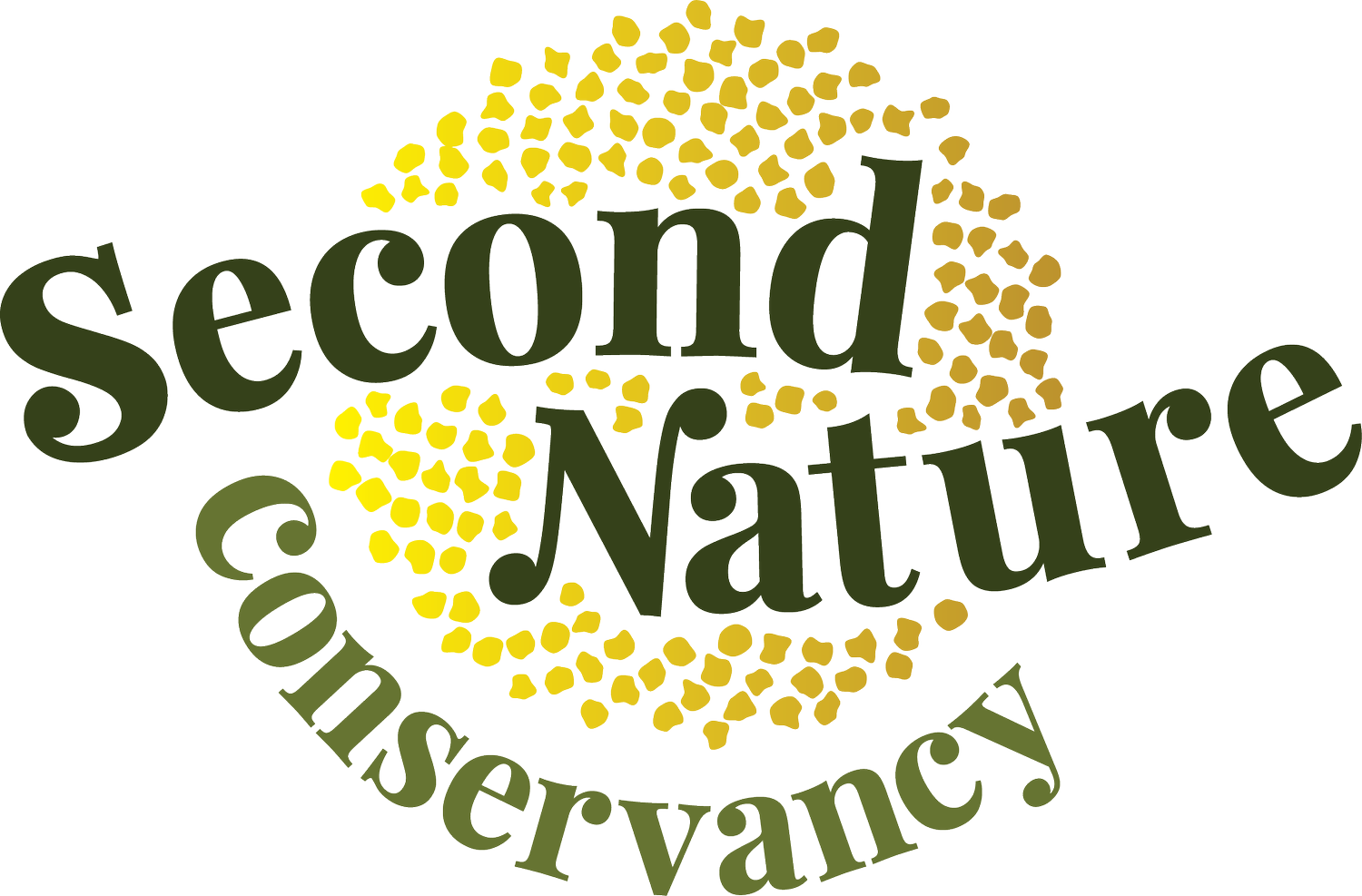

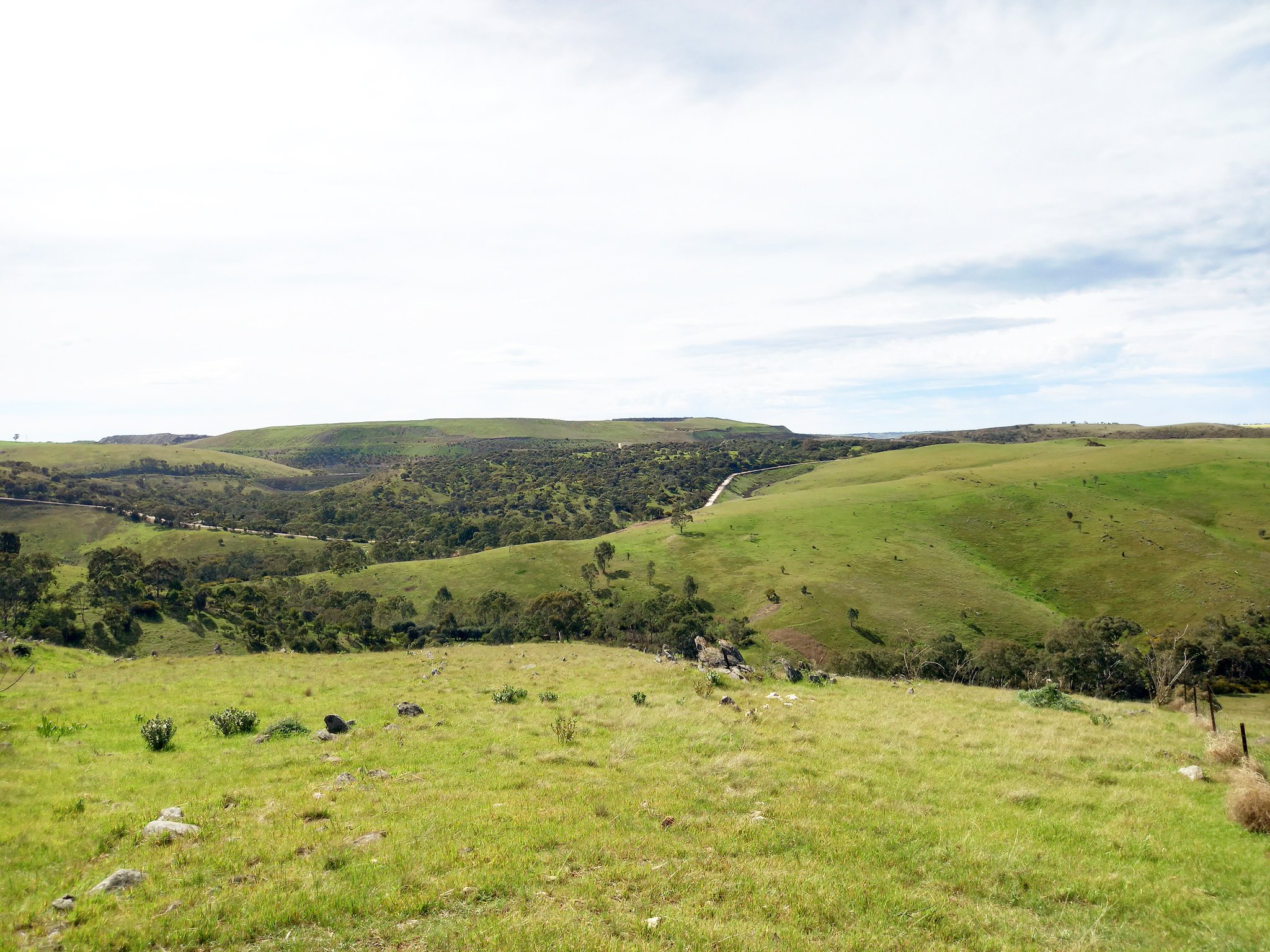
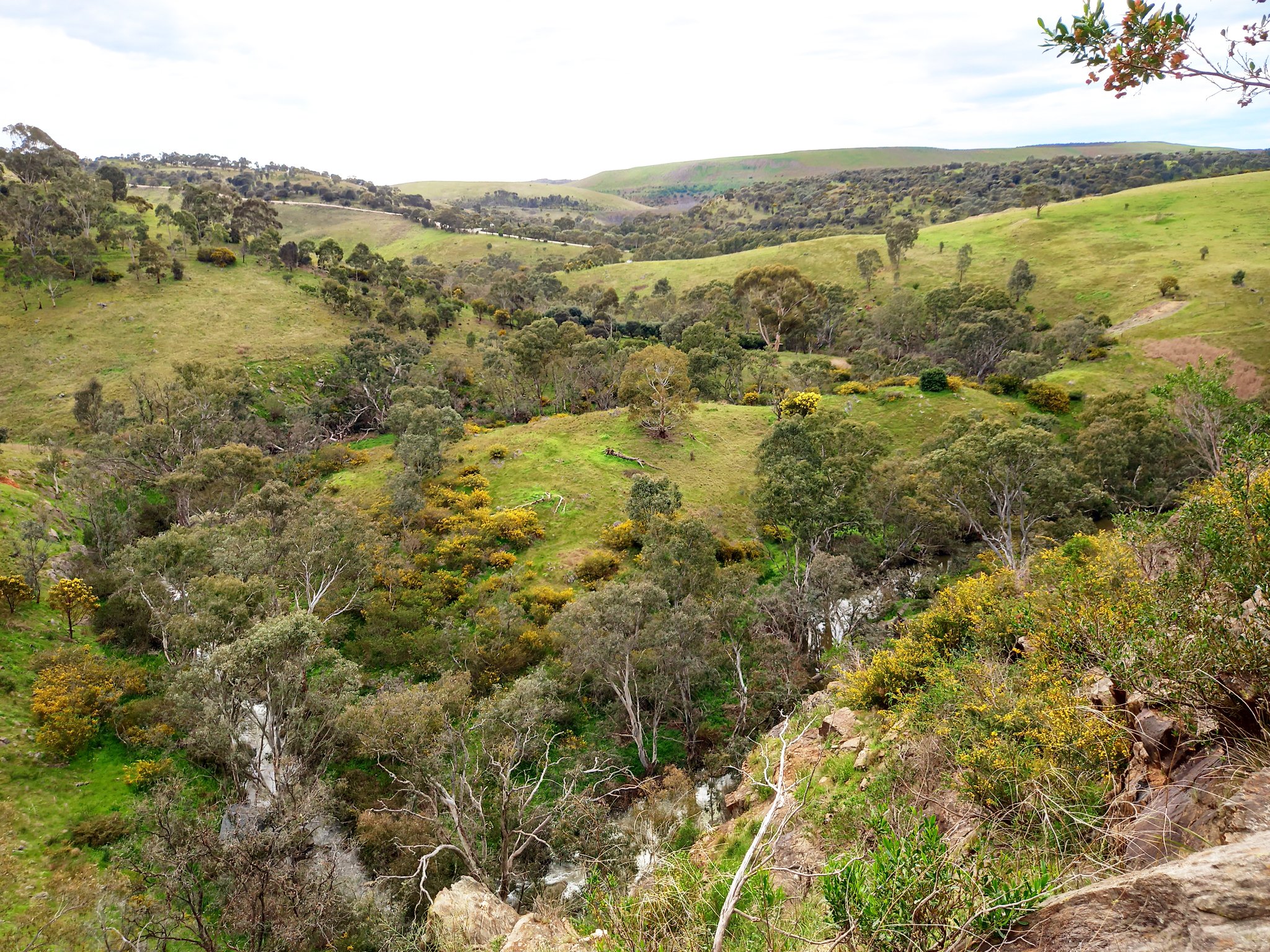
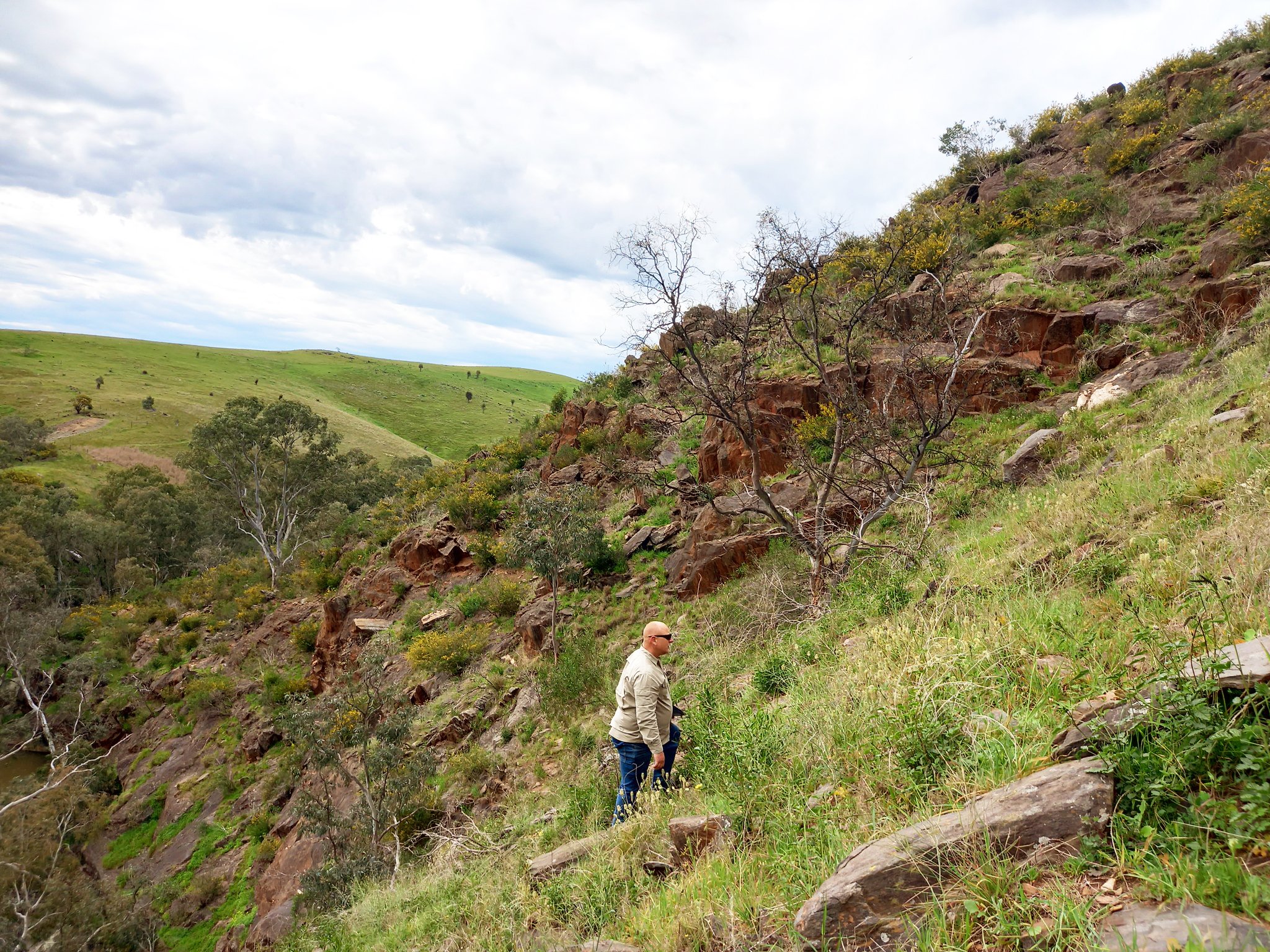
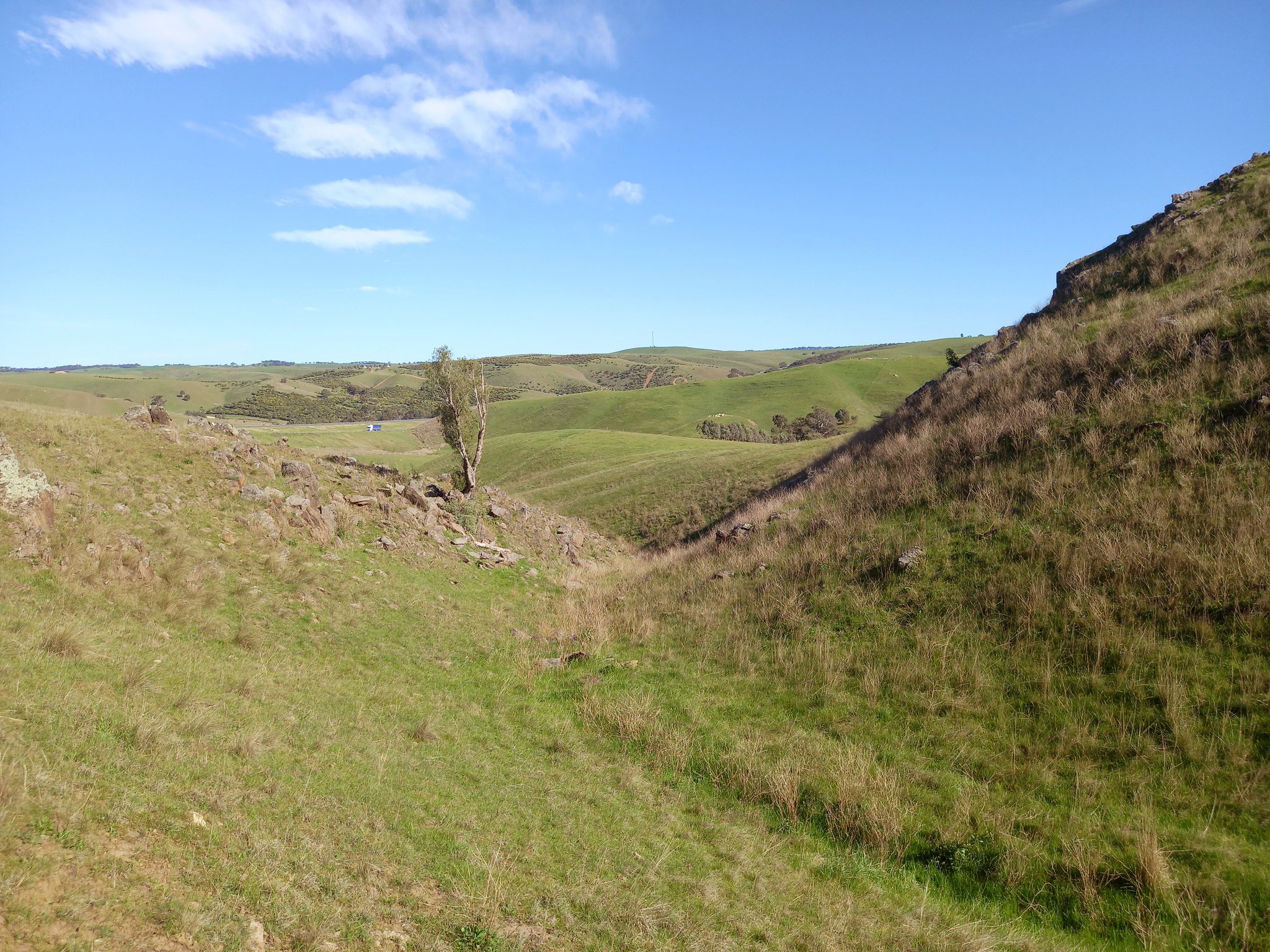

Our Kanmantoo Grassy Woodland Restoration project has been featured in the latest edition of the Native Vegetation Councils newsletter. In case you missed it…